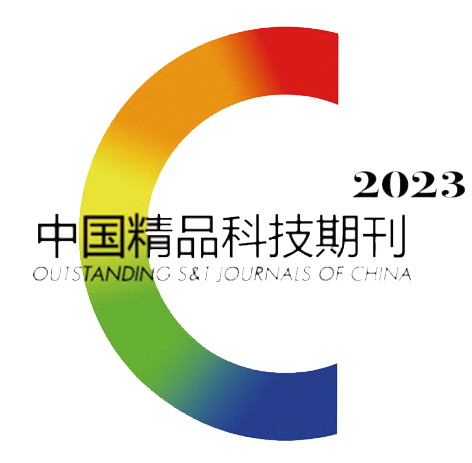Preparation and Antioxidant Study of PEG-Modified EGCG/Cur Composite Liposomes
-
Abstract
In this study, epigallocatechin gallate (EGCG)/curcumin (Cur) composite liposomes (EGCG/Cur-L) were prepared by thin-film hydrophoresis, and the optimal preparation process was determined by single-factor test. To increase the stability of liposomes, the surface of the composite liposomes was modified with distearoyl phosphatidylethanolamine-polyethylene glycol 2000 (DSPE-PEG2000), and the encapsulation rate, particle size distribution, micromorphology, and modification effect of both liposomes were investigated, and the oxidative stability of liposomes was evaluated by DPPH method. The results showed that the optimal process for the composite liposomes was: Lecithin to cholesterol mass ratio of 6:1, PBS buffer solution pH of 6.5, EGCG added amount 6 mg, Cur added amount 3 mg, and hydration temperature of 55 ℃. The encapsulation rate of EGCG was 68.78%, the encapsulation rate of Cur was 90.23%, the average particle size was 183.8±5.4 nm, the polydispersity coefficient (PDI) was 0.178±0.01, and the average Zeta-potential was −34.7±0.62 mV. The encapsulation rate of EGCG after modification was 60.31%, and the encapsulation rate of Cur was 88.53%. After surface modification, the encapsulation rate of Cur did not change significantly, and the encapsulation rate of EGCG decreased, dynamic light scattering (DLS) and transmission electron microscopy (TEM) results showed that the average particle size of the modified liposomes increased from the unmodified 183.8 nm to 374.5 nm, Zeta-potential and Fourier infrared analysis indicated that DSPE-PEG2000 was successfully modified on the liposome surface and did not change the internal structure of the liposomes. The modified liposomes had the highest DPPH scavenging rate and all had greater oxidative stability than other liposomes within 15 days, indicating that DSPE-PEG2000 could enhance the antioxidant capacity of liposomes.
-

-





 DownLoad:
DownLoad: